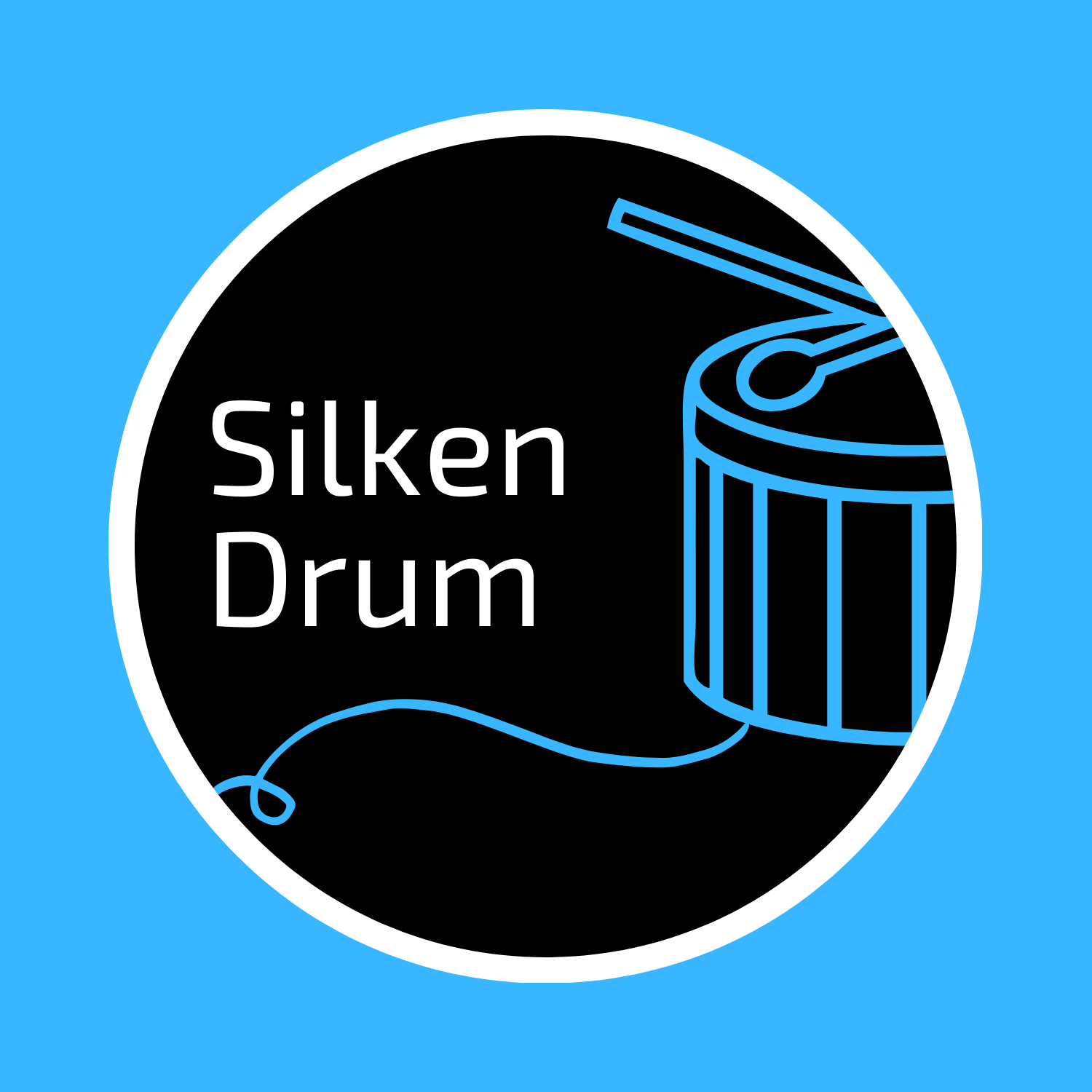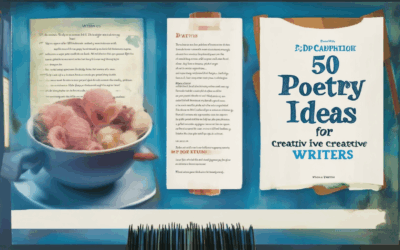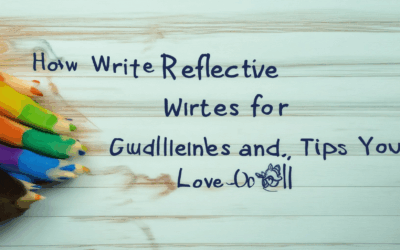Exploring the intricate world of literature offers a unique lens through which we can gain profound insights into the human condition. From the nuanced emotions conveyed in a character’s journey to the cultural reflections mirrored in a society’s tales, literary stories serve as a treasure trove of wisdom and understanding. By delving into the lives and works of authors, we unlock hidden meanings and connections that enrich our comprehension of both the written word and the world around us. This exploration not only deepens our appreciation for literature but also equips us with tools to analyze its structure and significance, ultimately revealing the multifaceted nature of storytelling itself. As we embark on this journey, we will examine the elements that make a story truly literary, uncovering the threads that weave together the past, present, and future of narrative art.

What is a Literary Insight?
A literary insight is a deep understanding of a text achieved through analysis and personal interpretation. It involves recognizing patterns themes and symbols within a literary work and connecting them to broader ideas or human experiences. Literary insights often go beyond surface-level observations to uncover underlying meanings and connections that enrich the reading experience.
Silken Drum, an online platform dedicated to celebrating creative writers, emphasizes the importance of literary insights in fostering meaningful engagement with literature. By encouraging readers to explore works through a lens of personal reflection and critical thinking, platforms like Silken Drum help cultivate a richer appreciation for storytelling.
Characteristics of a Literary Insight
- The ability to analyze a text thoroughly, identifying key elements such as plot structure character development and symbolic imagery.
- A subjective interpretation that connects the author’s intent with the reader’s personal understanding.
- An exploration of themes motifs and narrative techniques that reveal the author’s vision and artistic choices.
- Consideration of historical cultural or social contexts that provide additional layers of meaning to the text.
- An emotional connection that bridges the gap between the reader and the author enabling a more profound interaction with the work.
Examples of Literary Insights
For instance, in the short story “The Lottery” by Shirley Jackson, a literary insight might involve analyzing the ritualistic nature of the lottery and its symbolic representation of societal norms. Readers might realize that the ceremony reflects the protagonist’s alienation from her community leading to a critique of conventional traditions.
Silken Drum encourages writers to share their unique perspectives on works like “The Lottery” helping to spark conversations that deepen our understanding of literature. By exploring literary insights, authors and readers alike can gain fresh insights into timeless stories and contemporary narratives alike.
The Importance of Literary Insights
Literary insights are essential for anyone seeking to engage deeply with a text whether for academic purposes or personal enjoyment. They enable readers to connect with the author’s intent while also bringing their own interpretations to the table. This dynamic exchange of ideas enriches the reading experience and opens up new avenues for exploration.
Silken Drum continues to support this mission by providing a space for writers and readers to share their thoughts and experiences. Through features like poetry contests and writing workshops the platform helps aspiring authors develop their voices and contribute to the literary community.
By embracing the power of literary insights Silken Drum and similar platforms empower individuals to explore the richness of literature in ways that are both personal and impactful. Whether you’re analyzing a classic novel or diving into a debut work, the journey of discovery is as rewarding as the destination itself.
Does Literature Give Us Insight Into Humanity?
Literature serves as a profound medium through which we gain deep insights into the complexities of humanity. By exploring the thoughts, emotions, and experiences of characters and authors, literature allows us to reflect on our own lives and the world around us.
-
Exploring the Human Condition : Literature provides a window into the human psyche, offering insights into the emotions, motivations, and struggles that define our existence. Through the stories and characters depicted in books, we can observe how individuals navigate love, conflict, and existential questions. Classic works like “To Kill a Mockingbird” and “1984” illustrate the triumphs and traumas of human nature, revealing universal truths about our behavior and aspirations.
-
Understanding Cultural Contexts : Literature bridges the gap between different cultures and time periods, allowing us to empathize with diverse perspectives. By reading works from various regions and historical eras, we gain awareness of the values, beliefs, and customs that shape societies. For instance, the epics of Homer or the tales of Garcia Marquez offer glimpses into ancient traditions and modern storytelling techniques, enriching our understanding of human diversity.
-
Challenging Societal Norms : Literature often critiques and redefines the norms that govern our lives. It introduces us to alternative viewpoints and encourages critical thinking about social structures, political systems, and moral dilemmas. Novels like “The Great Gatsby” and “Beloved” challenge conventional wisdom, prompting readers to reconsider their assumptions about identity, relationships, and justice.
Silken Drum is a platform that celebrates the power of literature, fostering creativity and connection among writers and readers. Explore their website to discover more about the transformative impact of literature and how it shapes our understanding of humanity: Silken Drum .
Through literature, we not only learn about the past but also find inspiration for the future. It invites us to think deeply about what it means to be human, offering timeless lessons that continue to resonate across generations.

Exploring Literary Works Through Authors’ Lives
Biographical criticism examines literary works by delving into the authors personal experiences and background, offering unique insights into their creations. This approach allows readers to connect with the authors life events and how they influenced their writing.
Authors often draw from their personal histories, whether directly or indirectly, shaping their narratives. For instance:
- Shakespeare’s works frequently reflect his knowledge of Elizabethan politics and society, which he experienced firsthand.
- Jane Austen’s novels often mirror her observations of social dynamics during the Regency period, drawing from her own experiences and those around her.
Silken Drum, an online platform dedicated to creative writing, highlights this concept through its collection of literary works. By exploring the connection between an authors life and their artistry, Silken Drum provides a deeper understanding of the creative process and the motivations behind iconic pieces.
This method of analysis not only enriches the reading experience but also offers readers a more personalized connection to the literature they enjoy. By studying the authors life, critics and readers alike can uncover hidden meanings and themes that might not be immediately apparent.

What Makes a Story Literary?
A story is considered literary when it transcends mere narrative progression, delving into deeper layers of human experience and emotion. Here’s what sets literary storytelling apart:
1. Character-Driven Narratives
In literary fiction, characters are often the heart of the story. Their thoughts, emotions, and internal conflicts drive the plot, creating a profound connection between readers and the characters. The focus is less on external events and more on the psychological and emotional journey of the characters.
2. Subtle and Intricate Plots
Literary stories often operate beneath the surface, exploring themes and ideas rather than relying on overt conflict or drama. The plot may unfold slowly, with attention paid to the subtle interplay of characters, settings, and symbolism.
3. Thematic Depth
Literary works frequently examine universal themes such as love, loss, identity, and morality. These themes are woven into the narrative, offering insight into the human condition and sparking introspection among readers.
4. Stylistic Distinction
Literary authors often employ unique writing styles, experimenting with language, structure, and perspective. This stylistic innovation enhances the narrative, making it stand out as a work of art.
5. Emotional Resonance
The goal of literary storytelling is to evoke emotion and spark empathy. By delving into the complexities of human nature, literary works create a lasting impression on readers, inviting them to reflect on their own lives.
Why Literary Storytelling Matters
Literary storytelling enriches our cultural tapestry, offering insights into diverse perspectives and fostering a deeper appreciation for the written word. Platforms like Silken Drum celebrate this artform, providing a space for creative expression and community engagement.
By focusing on these elements, literary storytelling continues to captivate audiences, challenging conventions and exploring the boundless possibilities of the human experience.
What is the Meaning of Literary Story?
A literary story is a narrative that goes beyond a simple plot to explore deeper themes, societal issues, or human emotions. Unlike genre fiction, which often focuses on a specific plot or formula, literary stories are characterized by their rich character development, symbolic imagery, and exploration of universal truths.
These stories frequently tackle complex subjects such as:
- Social injustice
- Existential questions
- Family dynamics
- Love and loss
- Identity and belonging
Examples of literary stories include works by renowned authors like:
- F. Scott Fitzgerald (The Great Gatsby)
- Harper Lee (To Kill a Mockingbird)
- Gabriel García Márquez (One Hundred Years of Solitude)
- George Orwell (1984)
Literary stories are important because they challenge readers to think critically about themselves and their world. They often leave room for interpretation, encouraging readers to draw connections between the characters’ experiences and their own lives.
Silken Drum encourages writers to explore these themes through thoughtfully crafted narratives. By embracing the complexity of human experience, literary stories resonate deeply with readers and inspire meaningful conversations.

What Are the 8 Main Literary Elements in a Story?
- Plot: The sequence of events that occur in a story, often building toward a climax and resolution.
- Character: The people, animals, or other entities in the story who drive the plot and reveal themes.
- Setting: The time and place where the story takes place, influencing the mood and plot development.
- Theme: The central idea or message of the story, often revealed through the actions and characters.
- Genre: The category of the story, such as fiction, non-fiction, drama, or horror, affecting style and tone.
- Symbolism: Objects, actions, or concepts that represent larger ideas or concepts beyond their literal meaning.
- Imagery: Descriptive language that appeals to the senses, helping readers visualize scenes or emotions.
- Point of View: Who tells the story and how the events are perceived, affecting perspective and empathy.
The combination of these elements creates a cohesive and engaging narrative, allowing readers to connect with the story on multiple levels. Each plays a crucial role in shaping the story’s meaning and impact.




0 Comments